If you’ve ever heard anyone repeat the phrase “May the Fourth Be with You” it…
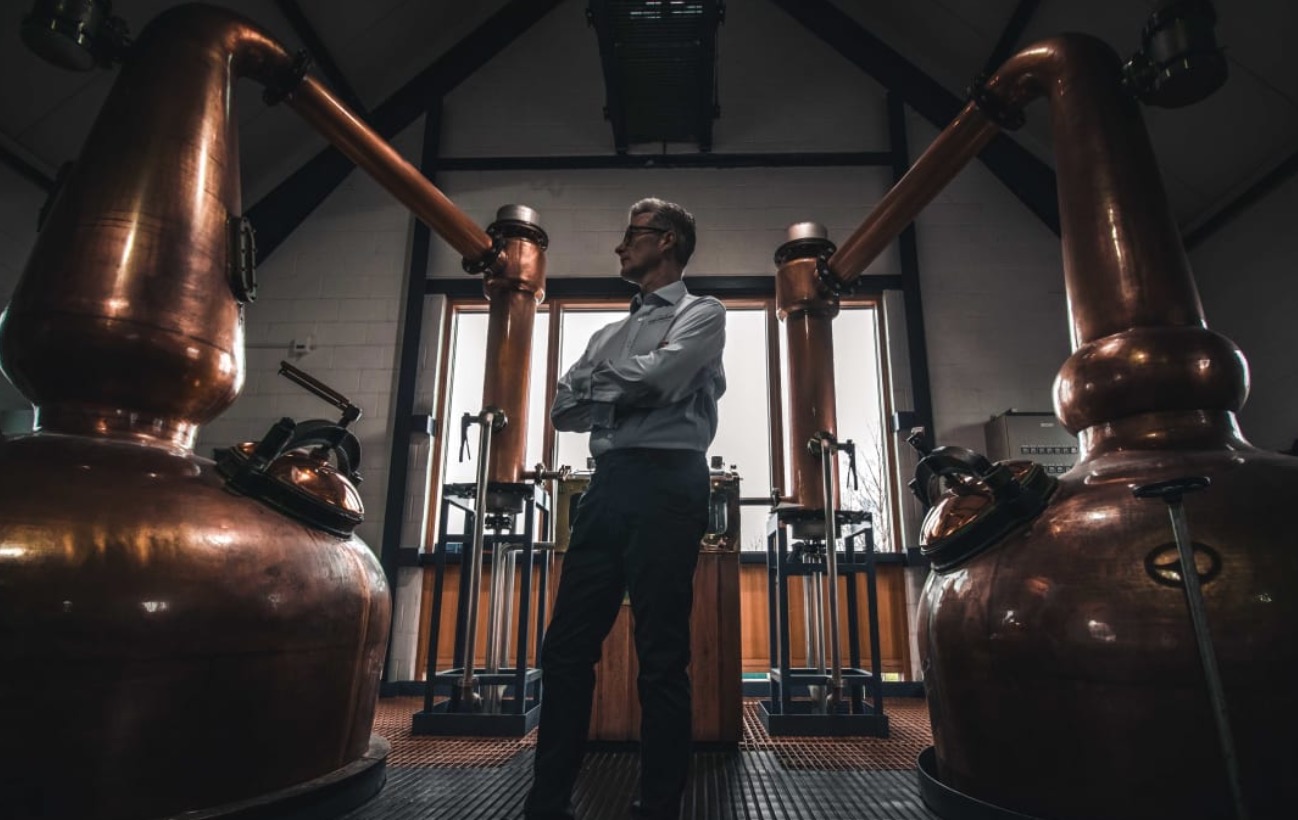
Scotch has a baby cousin – here comes English Whisky
While England has historically focused on making gin, there are now more than a dozen distilleries producing English whisky. With Scotch not only dominating the local scene but also internationally, English whisky was always going to be a huge uphill battle – but this hasn’t fazed distillers. There are currently 16 distilleries in England making whisky, another eight that are starting up and even more in the planning stage.
In the process, they are creating a new category. England might be known for gin, but it has never been famed for whisky. Over a century passed between the closing of its last whisky distillery, London’s Lea Valley, and the founding of the English Whisky Company (EWC) in barley-rich Norfolk in 2006. Now, there are new brands in almost every county releasing mature whiskies.
So, what is English whisky anyway? Perhaps the best person to ask is David Fitt, head distiller at EWC, who after all had more than a head start over his colleagues. “I’ve noticed a base character and style emerging across our range, so that fundamentally you know it is from here—light, fruity, floral, with a little nutty element. We’re making whiskies, which are similar to each other, yet different, but that’s taken time.”
While Fitt sees the start of a category, I’m not convinced that we’ll ever see an overarching English style, since each of the distilleries makes their whisky in a different way. (In that way, it’s more like gin than single malt Scotch.) Right now the category doesn’t have any specific standards of identity, which means the brands can experiment and innovate.
For one, distillers are using pot stills, column stills, and even hybrid stills, and are also trying out different cereals as the base of their whiskies. EWC produced an eye-opening series of whiskies made from a mix of malted grains. (A similar approach is also taken by Suffolk’s Adnams.) A number of folks, including the London Distillery and Oxford’s TOAD, have also been looking at making whisky from rye. The latter is also working with Oxford University researching heirloom grains, some discovered deep in the original thatch of ancient cottages.
The London Distillery has gone even further doing a trial run of a whisky produced from a combination of historic barley and yeast strains from different decades to fine-tune its flavour profile. Cotswolds, meanwhile, has also been looking at using traditional barley varieties, like Plumage Archer.
Unlike their Scottish colleagues, who can only use oak for their casks, English distillers can employ barrels built from any kind of wood prompting East London Liquor Co. (ELLC) to test out ones made from chestnut, ash, acacia and even mulberry. Other distillers are following suit.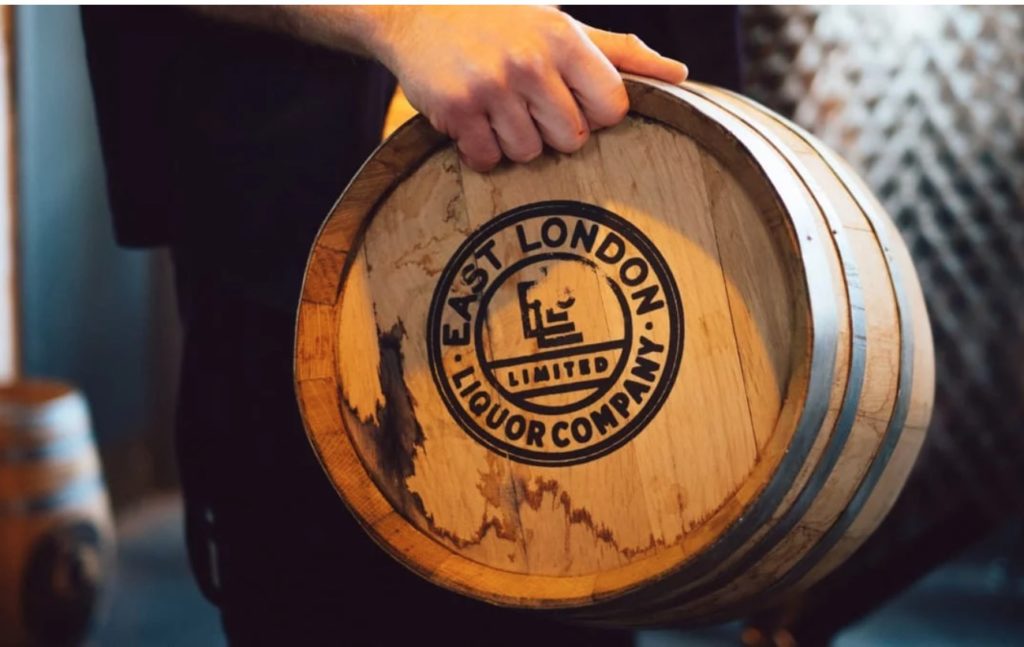
“We’re looking at woods,” says Fitt, “but we don’t want to be arsing about just for the sake of it. We’ve spent time getting to this point where we can know what works, and more importantly what doesn’t. We can then push boundaries within that framework.”
Although Lakes might at first blush seem to take a Scotch-like approach, it too is actually approaching whisky in a different manner. “We’d describe it as wood-forward, unpeated and flavour-packed,” says marketing director, Kirsty Taylor. Whisky maker Dhavall Gandhi has devised a complex system of creating two new spirits each week, which are then blended together, predominantly aged in former sherry casks and re-blended during maturation (in a manner similar to Cognac) before bottling.
So, is innovation a necessity in order to create an individual point of difference? “Innovation is important,” says Matt McKay at Bimber, “but not at the expense of quality. That means more than just finishing a whisky in an unusual cask type and calling it innovation for the sake of an easy catchphrase. Innovation does not need to be extreme. It’s about the sharing new ideas, the breaking of new ground—and importantly about truly adding value.”
For David Thompson, master distiller of Spirit of Yorkshire—which grows all of its own grain—innovation is important, but “it doesn’t mean smashing up the rule book and being obtuse and difficult. Our difference comes from our still set up, our location and our attitude. It’s about being different and really good. One would be crazy to deploy the sort of capital and take the sort of risk that creating a new whisky involves without taking the time and making the effort to make the very best whisky possible.”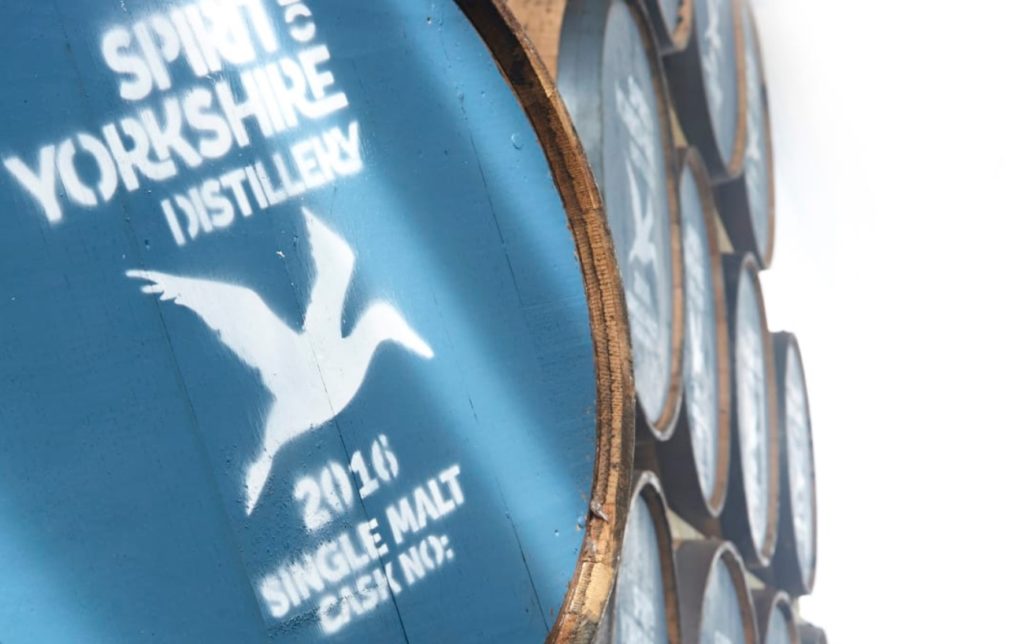
What seemingly is more important to a distiller’s story is its provenance and location. “Place is hugely important to us,” says Dan Szor founder and CEO at Cotswolds. “It defines every aspect of our being. We feel extremely lucky to live in one of Britain’s most beautiful regions with every bit as much romance as the Highlands. We try, where possible, to emphasize the agricultural bounty of the Cotswolds. Our barley is grown 15 minutes from the distillery. We all should trumpet our Englishness.”
It’s a sentiment shared by a number of other distillers, from Fitt mentioning the impact that hard water has on flavour, to Bimber sourcing local grains and ELLC tapping into East London’s “crazy creativity.”
Yorkshire folks are famously proud of their county, so it’s no surprise that Thompson talks it up. “The land around us has shaped the lives of all the people working in the business,” he says. “We’re all a product of our surroundings and our whisky is very much so too–that’s why we say we’re made of Yorkshire, not just made in Yorkshire.”
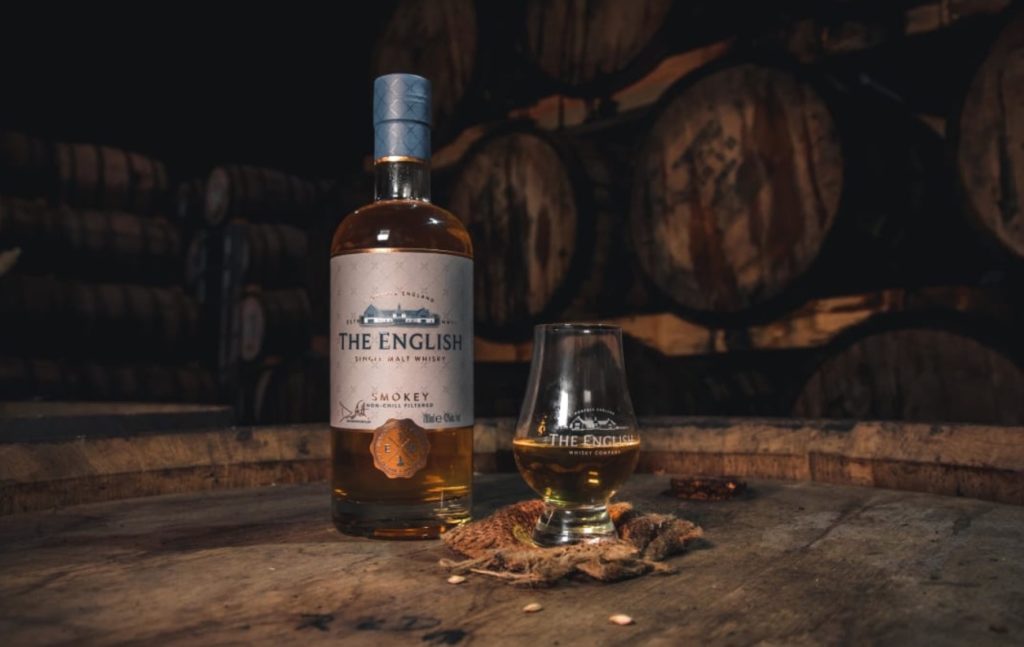 But not all the brands agree that it’s necessary to succeed by trumpeting terroir. “Having a style that is defined by your origin only serves to hamper your ability to express yourself,” argues Kirsty Taylor. “It is the taste that will ultimately define us. Whether a whisky drinker can ever pick up a glass and say ‘this is English’ is irrelevant. It is the flavour and experience that will influence people’s choice, not the place.”
But not all the brands agree that it’s necessary to succeed by trumpeting terroir. “Having a style that is defined by your origin only serves to hamper your ability to express yourself,” argues Kirsty Taylor. “It is the taste that will ultimately define us. Whether a whisky drinker can ever pick up a glass and say ‘this is English’ is irrelevant. It is the flavour and experience that will influence people’s choice, not the place.”
However, having several distilleries in the area will certainly help with awareness. “A rising English whisky tide will float all of our boats,” says Szor. “Our small group is in the enviable position of being able to cheer each other on.” His optimism is well placed. Sales of Cotswolds, which released its first bottle in 2017, is now in excess of 50,000 bottles, while Lakes has just announced a £4.25m investment enabling production to triple to 1 million bottles per year. ELLC, meanwhile, has quadrupled its whisky production since 2018 and now has a six-strong distilling team.
You can find EWC and Cotswolds in international markets, while the first releases from ELLC, Bimber, Lakes and Spirit of Yorkshire all sell out as soon as they become available. What then might the English whisky category look like in a decade? “We should have 20 whiskies on the market, of varying ages—including a 10-year old Cotswolds single malt—hallelujah, brother!’ says Szor.
“It will be determined on the stock that’s being laid down,” says Lakes’ Taylor. “It appears there are a lot of people out for quick gain, but others, including ourselves, are trying to create long-term value. There are already some exceptional non-age statement whiskies being released, but the real value will come from the stocks we’re laying down for 10, 15…20 years time.”
Meanwhile, Fitt looks back before forward. “It’s still funny to think we’re in unknown territory. We’ve never had English whisky this old before! I hope all the small distilleries survive, but sadly I don’t think they all will. It’s not numbers but funding. It’s going to be interesting to see what happens in 10 years in terms of the flavor and shape of the industry. We really don’t know and that’s the fun of whisky.”
Would you like to be part of our online whisky community and join one of our whisky groups? Use the QR code below.

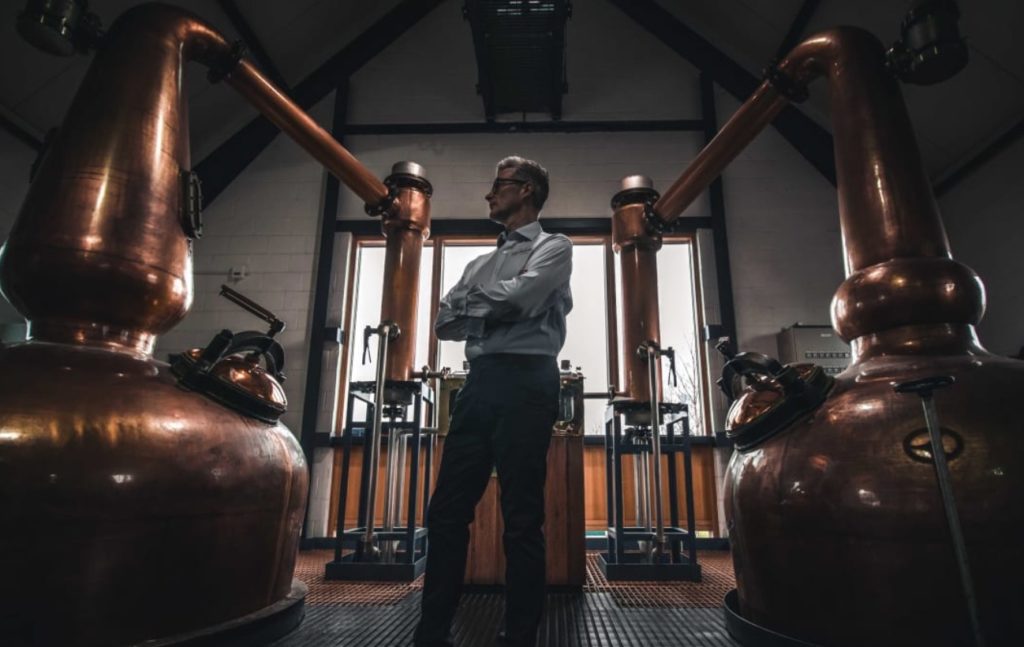

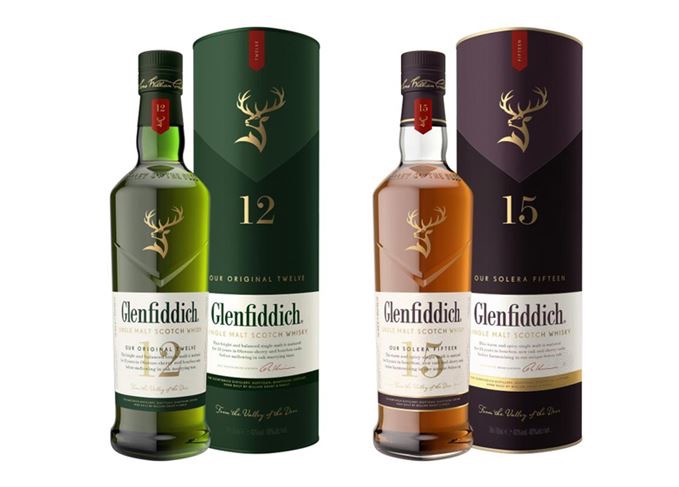
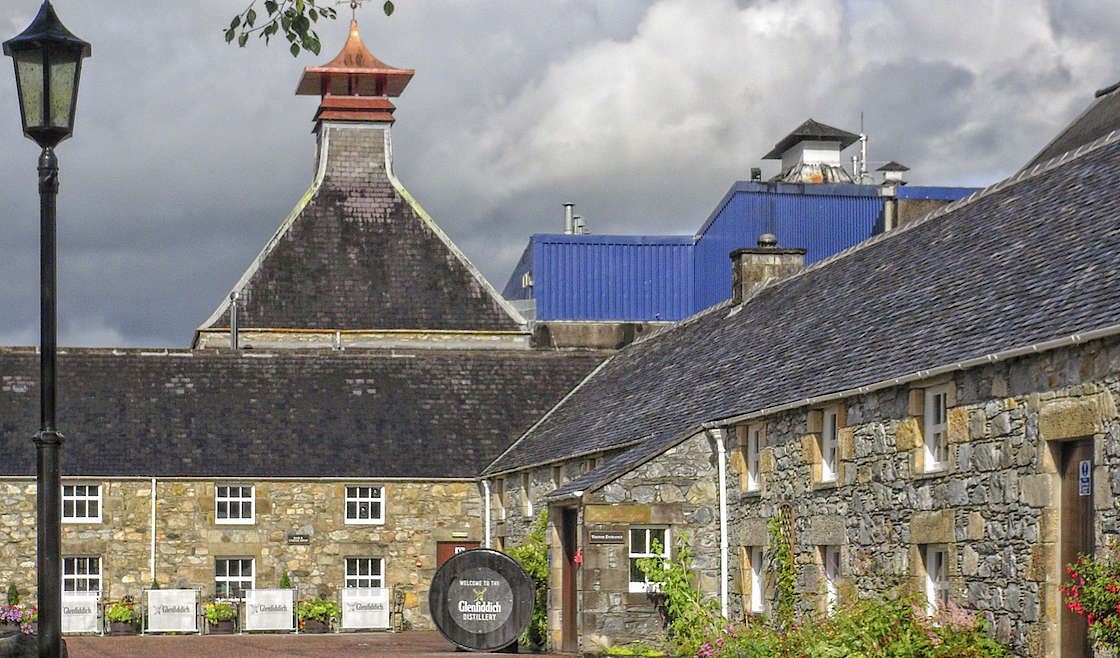
This Post Has 0 Comments